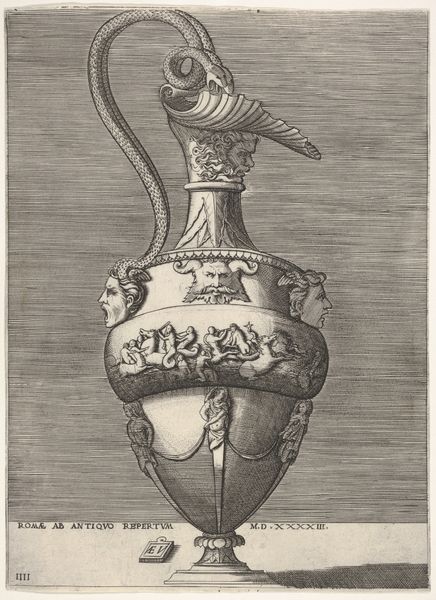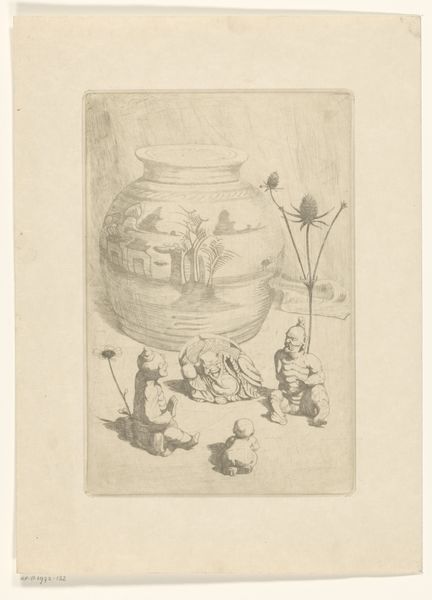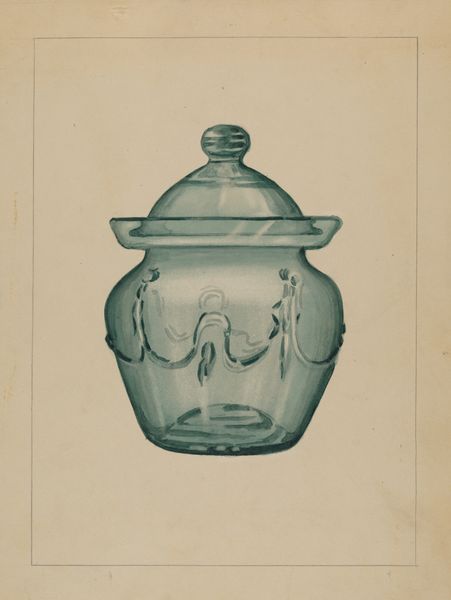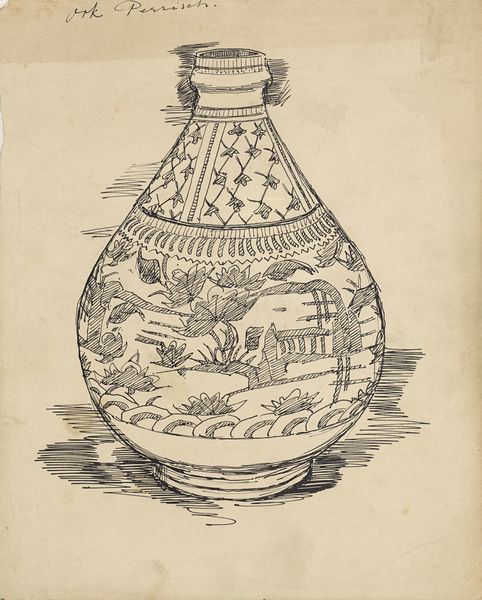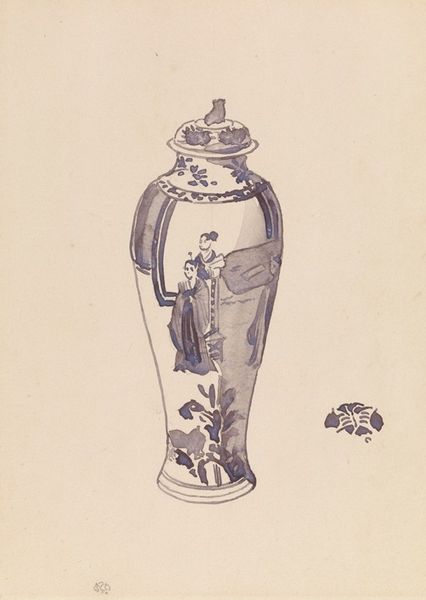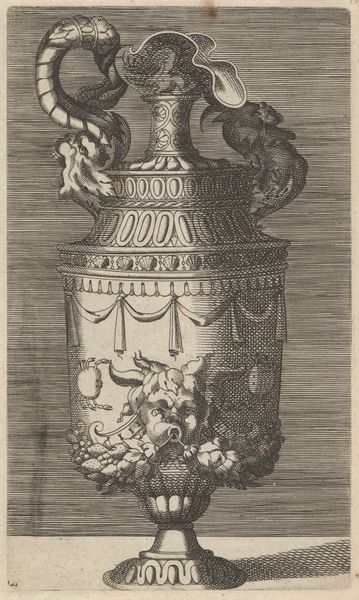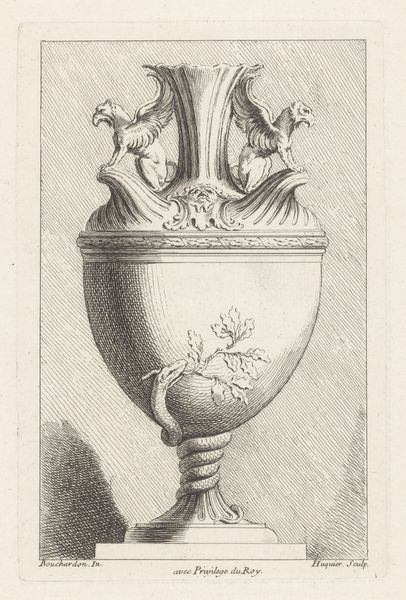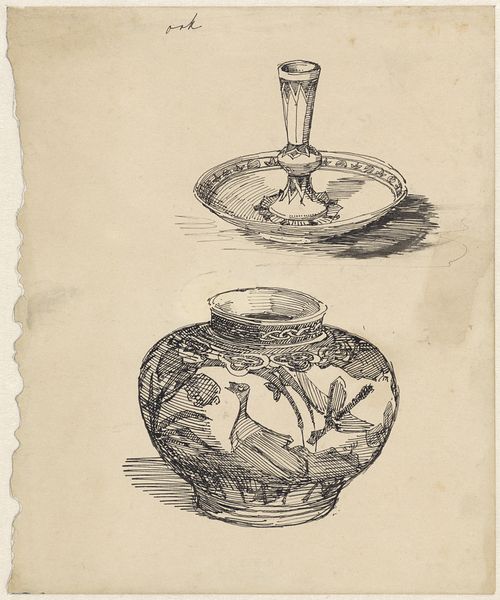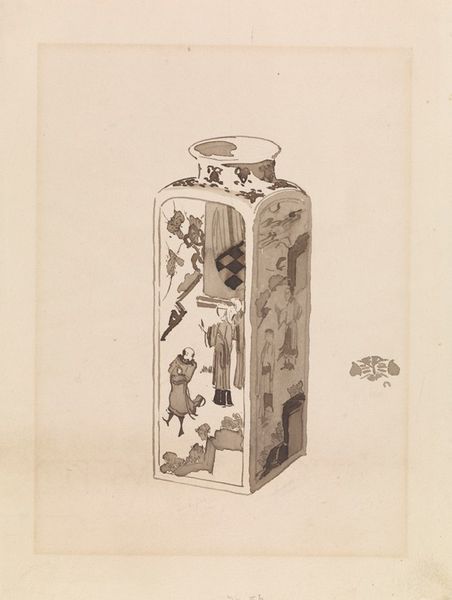
Copyright: National Gallery of Art: CC0 1.0
Curator: What a strikingly grotesque yet fascinating lithograph! Daumier's "La Fusion," created in 1872, depicts a conjoined infant preserved in a jar. The sheer visual impact is…disturbing. The lines are coarse, exaggerating the creature's deformity. Editor: Indeed, the term "disturbing" immediately comes to mind. Daumier utilizes a lithographic technique to cast an eerie chiaroscuro across the surface, further accentuating the subject’s unsettling features and the glass containing it. Its strange texture heightens the surrealism. Curator: Daumier was a master of social commentary, often using caricature to critique the bourgeoisie and political machinations. “La Fusion,” appearing under the "Actualités" banner, comments on the shifting allegiances after the Franco-Prussian War. The title itself—"The Fusion"—speaks to a forced, unnatural union, perhaps referencing political parties or even national identity. Editor: I appreciate your contextual interpretation, however, I cannot help focusing on the work’s formal composition. Note the jar, how its curved lines seem to magnify the misshapen body it encases, drawing focus toward its formal and, may I say, biological structure. The strategic play of shadows not only dramatizes the subject, but gives it weight. Curator: That said, isn't it impossible to divorce the formal aspects from their context here? Daumier strategically uses those aesthetic choices to amplify his social critique. The grotesque form becomes a metaphor for a corrupt or decaying social order. Think of other artworks focusing on conjoined figures—how frequently are they treated as symbols of discord or instability? Editor: Perhaps. Regardless, it's difficult to look away, such is the precision in conveying form through these seemingly rushed strokes. The grotesque features serve, formally, to create dramatic tension within the frame. Curator: Ultimately, "La Fusion" compels us to consider how artistic forms and content intertwine to reflect, and potentially challenge, the sociopolitical landscape. Its grotesque imagery forces us to confront uncomfortable truths about power and identity. Editor: Yes, whether we appreciate the work for its symbolic depth or its formal construction, it undoubtedly leaves us with something substantial to consider about this particular moment in history and about the medium itself.
Comments
No comments
Be the first to comment and join the conversation on the ultimate creative platform.
